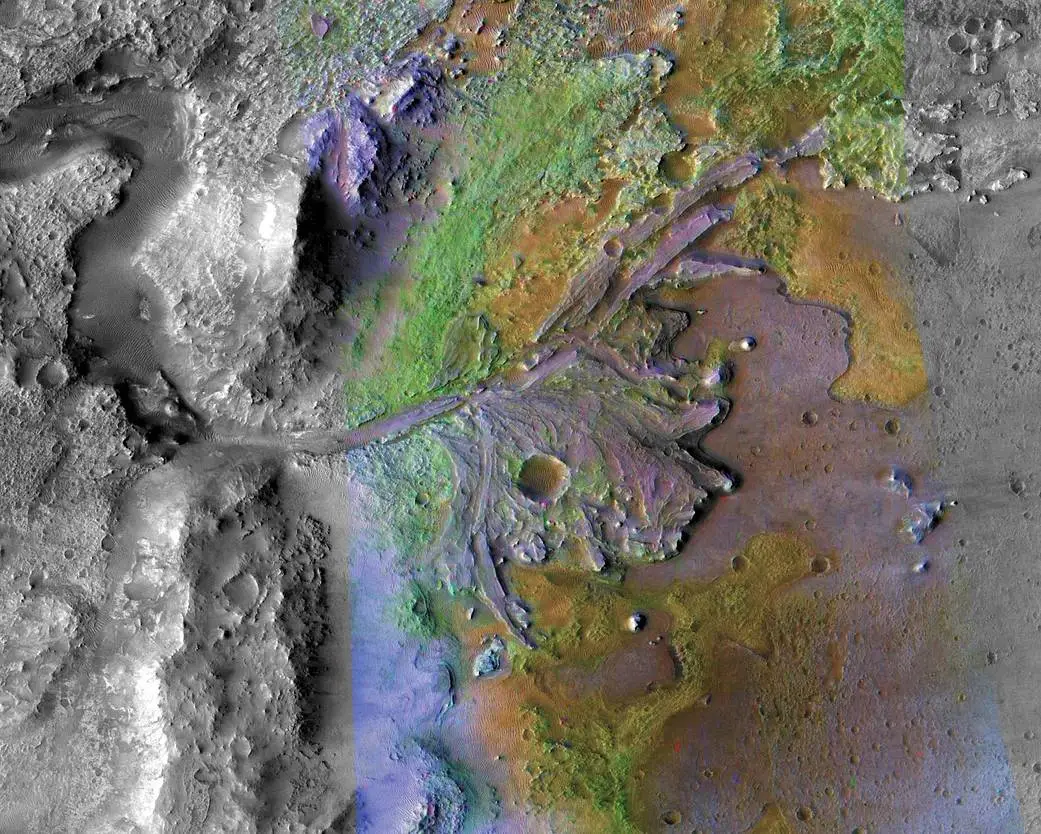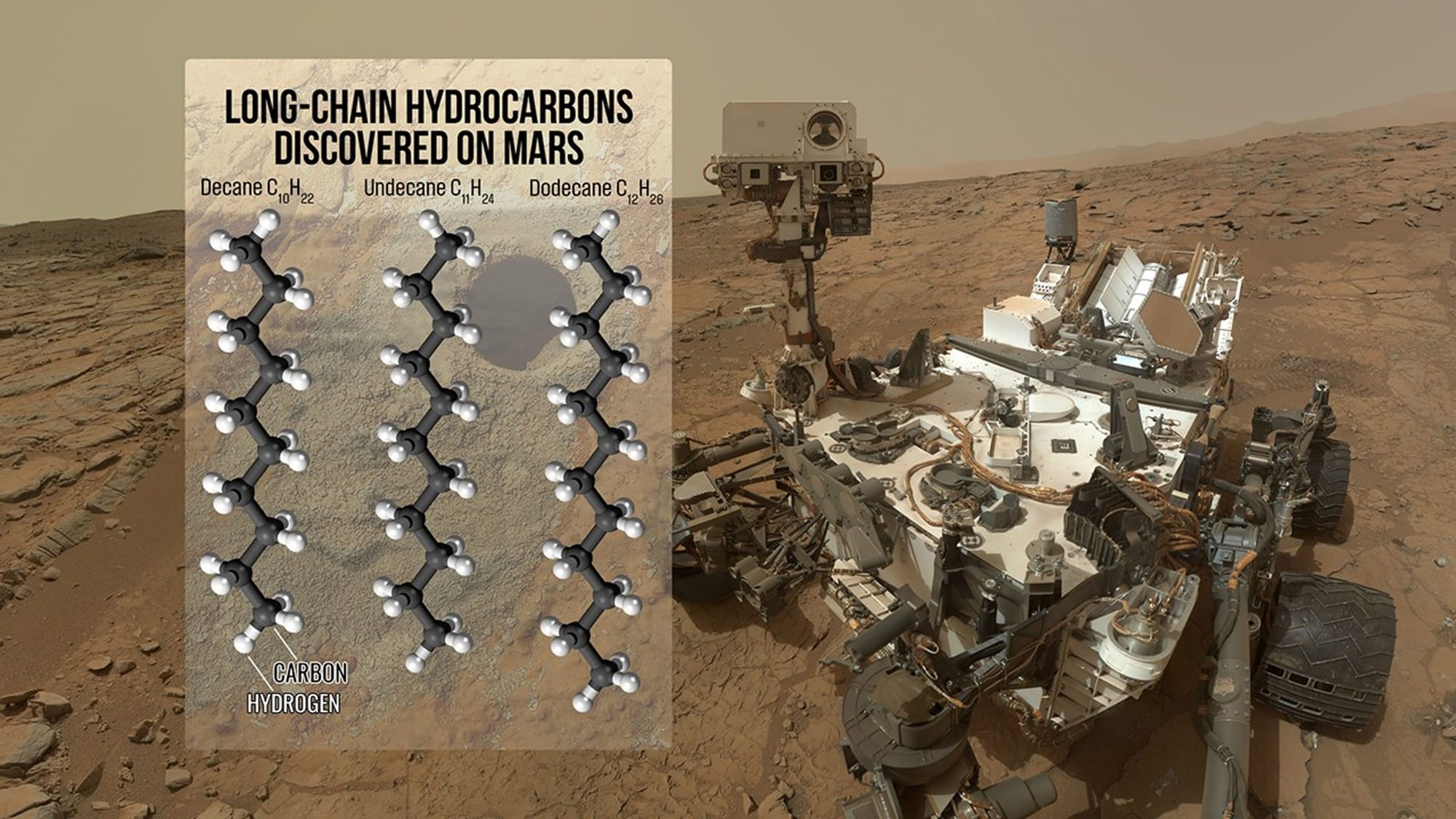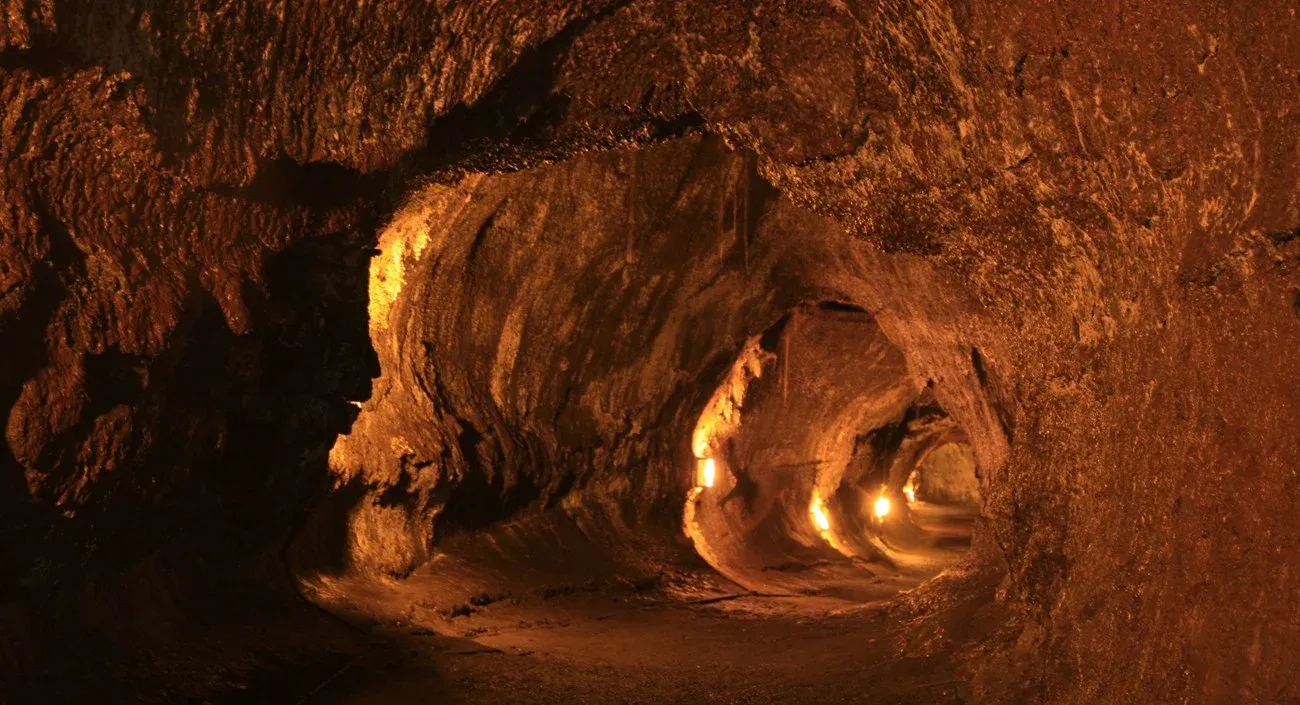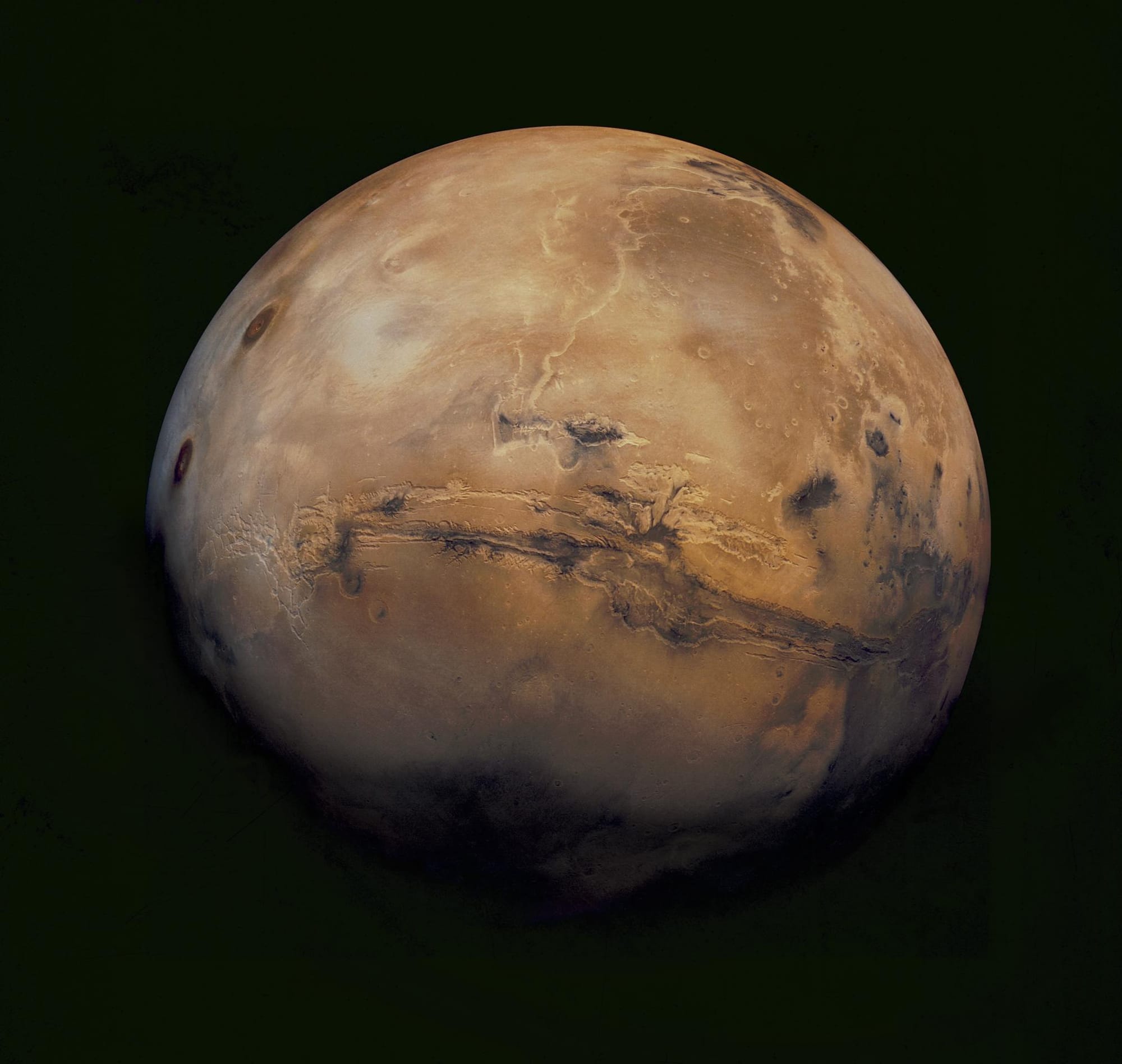Is Mars Alive? Exploring the Evidence for Possible Life on the Red Planet
Mars has long fascinated us as a possible home for life. This post explores the latest evidence and how today’s missions are searching for signs that Mars was, or is, capable of hosting life.
For over a century, Mars has fascinated us as a possible home for life beyond Earth. From early telescopic observations that imagined canals, to today’s robotic explorers investigating the planet’s past potential habitability, the Red Planet invites us to ask:
Was (or is) Mars capable of hosting life? And if so, how could we go about detecting it?
While no mission has found direct evidence of living organisms, a growing body of data paints a picture of a world that might once have been habitable, and could still offer hidden refuges for life today.
The Ancient Waters of Mars
One of the most compelling clues comes from Mars’ landscape. Orbiters and rovers have revealed dry riverbeds, ancient lake basins, and fan-shaped deltas — unmistakable signs that water once flowed across its surface. Jezero Crater, where NASA’s Perseverance rover now explores, was likely a lake billions of years ago.
Minerals found on Mars strengthen this story. Clays, sulfates, and carbonates — all of which form in the presence of water — have been detected by missions like Curiosity, Opportunity, and orbiters surveying from above. Together, these features suggest that Mars had a wetter, warmer past, with conditions that could have supported microbial life.

Chemical Clues and Possible Signals
Beyond ancient landscapes, Mars offers tantalizing chemical hints:
- Organic molecules — Curiosity and Perseverance have detected simple organic compounds preserved in ancient rocks. These molecules can form without life, but on Earth, they are essential building blocks for biology.
- Methane spikes — Instruments have occasionally measured surges of methane in the Martian atmosphere. On Earth, most methane comes from biological sources, though certain geological processes can produce it as well. The seasonal pattern of these methane detections deepens the mystery.
- Possible briny subsurface water — Radar data from ESA’s Mars Express orbiter suggest there may be pockets of salty liquid water beneath the south polar ice cap. Though debated, this raises the possibility of hidden environments where life could persist.

Could Life Linger Today?
If life ever arose on Mars, where might it survive now? The surface today is dry, cold, and bombarded by radiation. But beneath that hostile exterior, life could conceivably find refuge:
- In lava tubes or caves, shielded from radiation
- In pockets of briny water deep underground
- Within ice-protected or mineral-rich niches
On Earth, life thrives in some of the most extreme environments — from deep mines to Antarctic lakes — offering hope that Mars might still shelter hardy microbes.

What’s Next in the Search?
NASA’s Perseverance rover is collecting rock and soil samples that may eventually be returned to Earth — a mission that could help answer the question of whether Mars was ever home to life. Meanwhile, ESA’s Rosalind Franklin rover, launching later this decade, will drill deeper than any mission before, searching for preserved biosignatures beneath the surface.
The Next Frontier: What Will Human Explorers Find?
Robotic missions have taught us much about Mars, but they can only go so far. When humans finally set foot on the Red Planet, they’ll bring new tools, new perspectives, and the ability to make decisions on the spot.
Current plans for human missions
NASA’s long-term strategy, tied to its Artemis lunar program, envisions sending astronauts to Mars in the late 2030s or early 2040s, as part of a sustained exploration campaign. Meanwhile, SpaceX aims for a more aggressive timeline, with Starship as the vehicle designed to transport large crews and cargo to support eventual settlement as early as 2028.

Future astronauts could:
- Explore lava tubes and caves, searching for hidden habitats shielded from radiation
- Drill deep below the surface in search of preserved biosignatures
- Study polar ice and potential briny lakes up close
- Investigate ancient lakebeds and deltas with the nuance of human observation
Human explorers will face enormous challenges, but they’ll also have the chance to unlock secrets that machines can’t.
What do you think are the most exciting places for the first human explorers to search when they first set foot on Martian soil?
Mars continues to challenge and inspire us. Its silence is not an answer, but an invitation: to refine our tools, sharpen our questions, and continue the search for life beyond Earth.

What do you think? Are we on the brink of discovering alien life in our own cosmic backyard? Share your thoughts below, and join us as we follow the search for life across the solar system.


